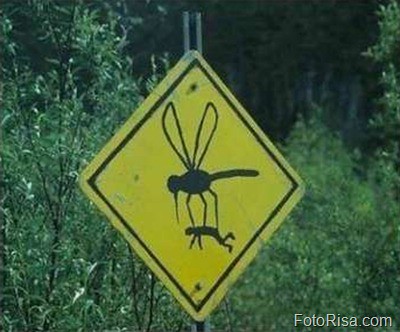If you have access to CINAHL (or a similar database) there are a number of studies on the efficacy of Celox and other hemostatic agents. Here's one example from the "pro" camp
Kozen, B., Kircher, S., Henao, J., Godinez, F., & Johnson, A. (2008). An Alternative Hemostatic Dressing: Comparison of CELOX, HemCon, and QuikClot. Academic Emergency Medicine, 15(1), 74-81.
Abstract:
OBJECTIVES: Uncontrolled hemorrhage remains a leading cause of traumatic death. Several topical adjunct agents have been shown to be effective in controlling hemorrhage, and two, chitosan wafer dressing (HemCon [HC]) and zeolite powder dressing (QuikClot [QC]), are being utilized regularly on the battlefield. However, recent literature reviews have concluded that no ideal topical agent exists. The authors compared a new chitosan granule dressing (CELOX [CX]) to HC, QC and standard dressing in a lethal hemorrhagic groin injury. METHODS: A complex groin injury with transection of the femoral vessels and 3 minutes of uncontrolled hemorrhage was created in 48 swine. The animals were then randomized to four treatment groups (12 animals each). Group 1 included standard gauze dressing (SD); Group 2, CX; Group 3, HC; and Group 4, QC. Each agent was applied with 5 minutes of manual pressure followed by a standard field compression dressing. Hetastarch (500 mL) was infused over 30 minutes. Hemodynamic parameters were recorded over 180 minutes. Primary endpoints included rebleed and death. RESULTS: CX reduced rebleeding to 0% (p < 0.001), HC to 33% (95% CI = 19.7% to 46.3%, p = 0.038), and QC to 8% (95% CI = 3.3% to 15.7%, p = 0.001), compared to 83% (95% CI = 72.4% to 93.6%) for SD. CX improved survival to 100% compared to SD at 50% (95% CI = 35.9% to 64.2%, p = 0.018). Survival for HC (67%) (95% CI = 53.7% to 80.3%) and QC (92%; 95% CI = 84.3% to 99.7%) did not differ from SD. CONCLUSIONS: In this porcine model of uncontrolled hemorrhage, CX improved hemorrhage control and survival. CELOX is a viable alternative for the treatment of severe hemorrhage.
And one from the "con" camp
Watters, J., Van, P., Hamilton, G., Sambasivan, C., Differding, J., & Schreiber, M. (2011). Advanced hemostatic dressings are not superior to gauze for care under fire scenarios. Journal Of Trauma, 70(6), 1413-1419. doi:
http://dx.doi.org.libproxy.eku.edu/10.1097/TA.0b013e318216b796
ABSTRACT:
BACKGROUND: : Advanced hemostatic dressings perform superior to standard gauze (SG) in animal hemorrhage models but require 2 minutes to 5 minutes application time, which is not feasible on the battlefield. METHODS: : Twenty-four swine received a femoral artery injury, 30 seconds uncontrolled hemorrhage and randomization to packing with SG, Combat Gauze (CG), or Celox Gauze (XG) without external pressure. Animals were resuscitated to baseline mean arterial pressures with lactated Ringers and monitored for 120 minutes. Physiologic and coagulation parameters were collected throughout. Dressing failure was defined as overt bleeding outside the wound cavity. Tissues were collected for histologic and ultrastructural studies. RESULTS: : All animals survived to study end. There were no differences in baseline physiologic or coagulation parameters or in dressing success rate (SG: 8/8, CG: 4/8, XG: 6/8) or blood loss between groups (SG: 260 mL, CG: 374 mL, XG: 204 mL; p > 0.3). SG (40 seconds ± 0.9 seconds) packed significantly faster than either the CG (52 ± 2.0) or XG (59 ± 1.9). At 120 minutes, all groups had a significantly shorter time to clot formation compared with baseline (p < 0.01). At 30 minutes, the XG animals had shorter time to clot compared with SG and CG animals (p < 0.05). All histology sections had mild intimal and medial edema. No inflammation, necrosis, or deposition of dressing particles in vessel walls was observed. No histologic or ultrastructural differences were found between the study dressings. CONCLUSIONS: : Advanced hemostatic dressings do not perform better than conventional gauze in an injury and application model similar to a care under fire scenario.
Take your pick.

ETA: Keeping those studies in mind, my experience is that Celox works well, is not much different (in application and effectiveness) from other readily available hemostatics, the gauze is preferable to the granules, and someone with basic 1st Aid training can be trained to use it effectively.

